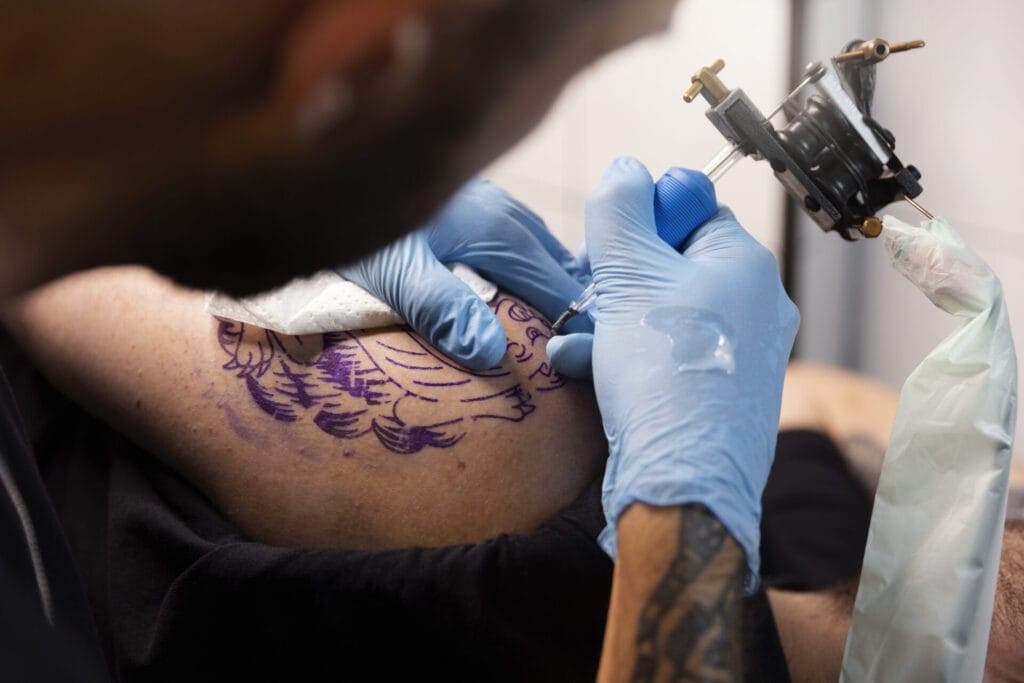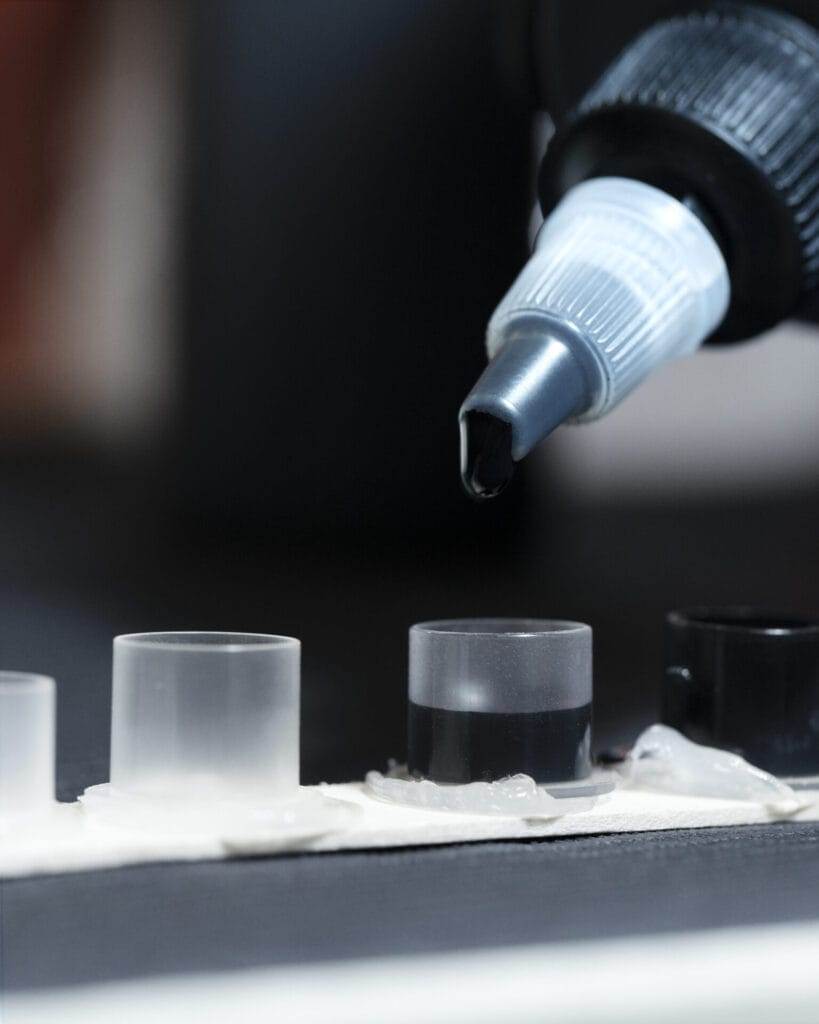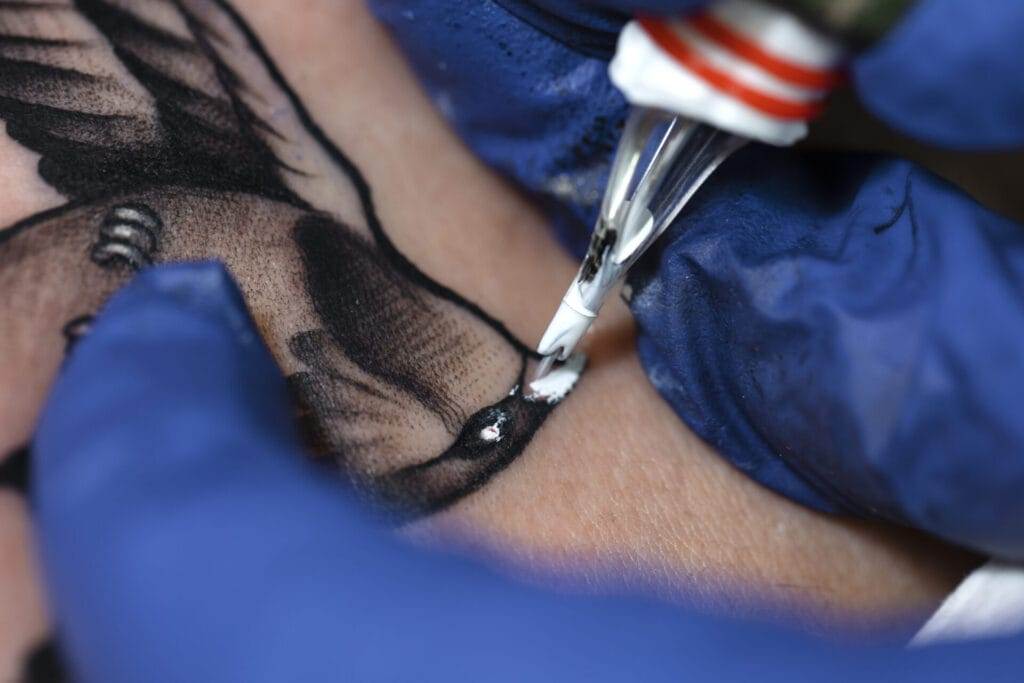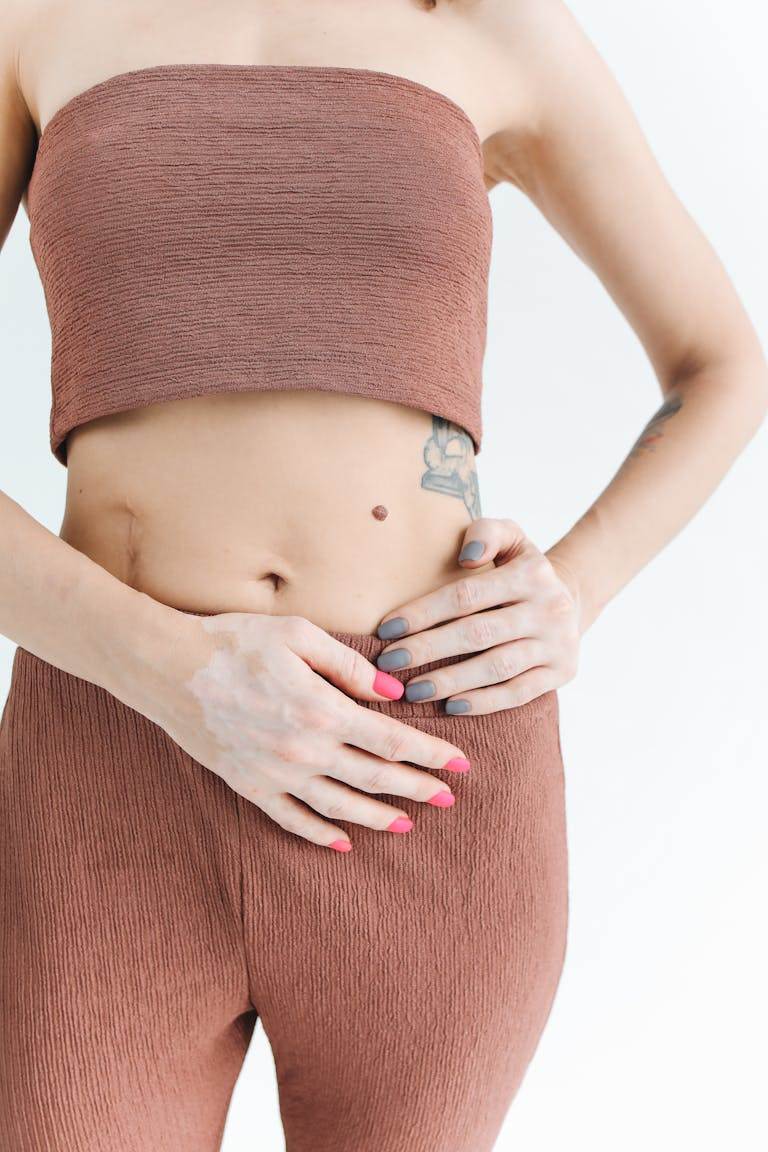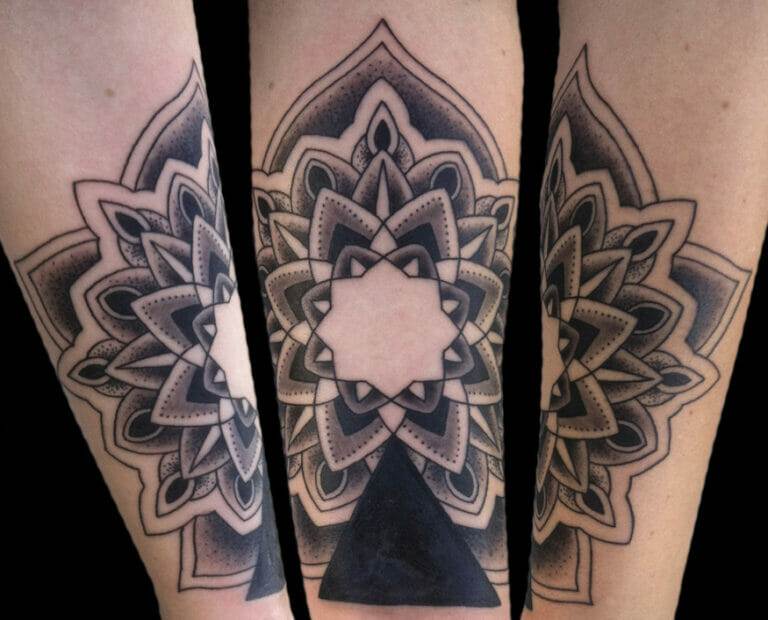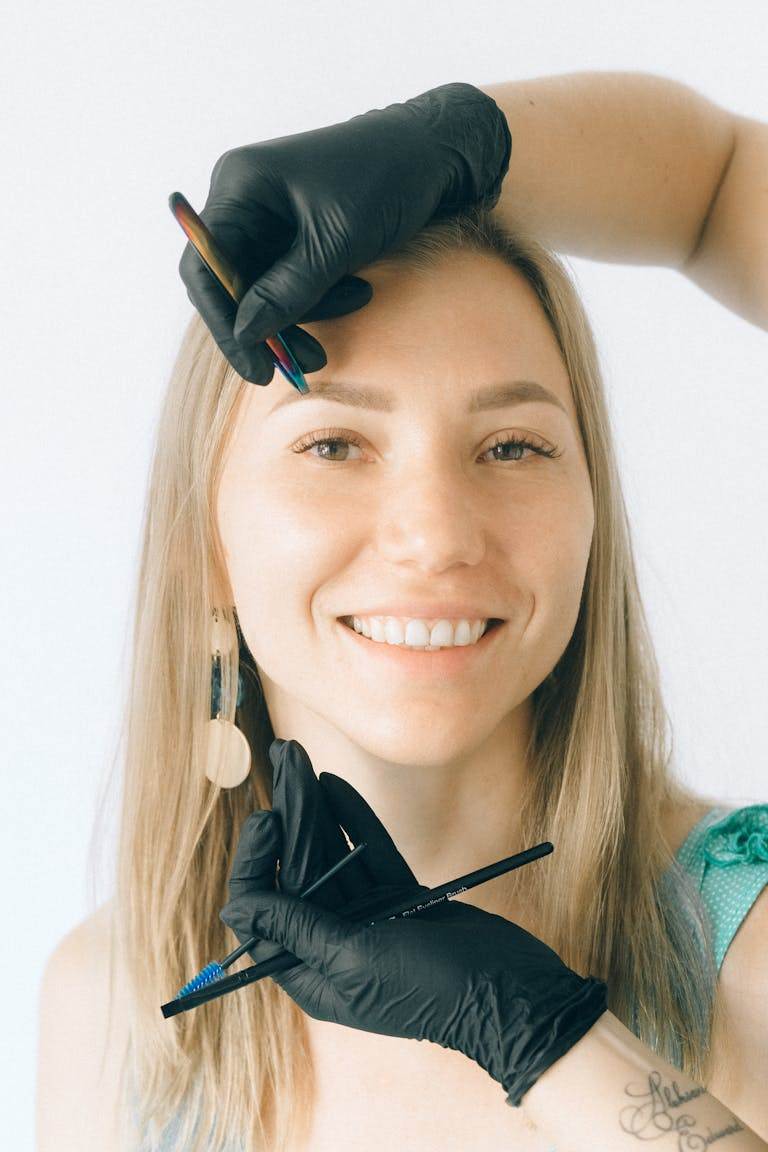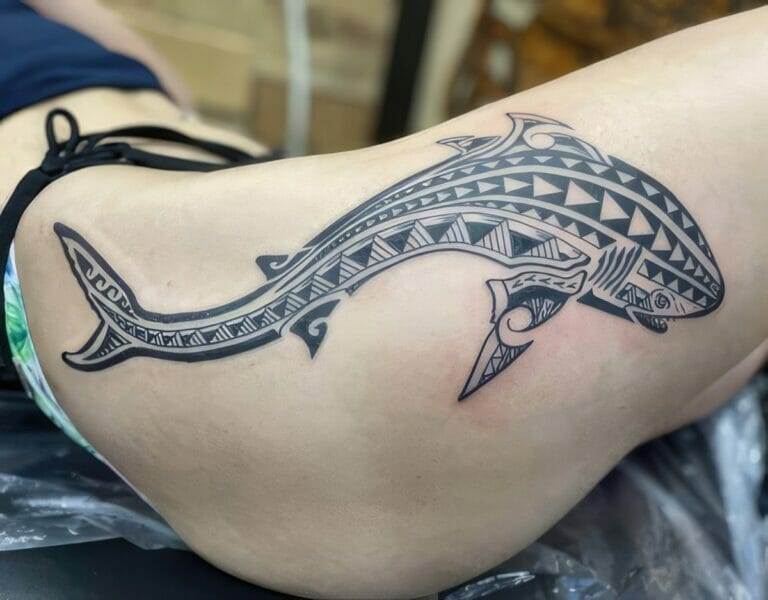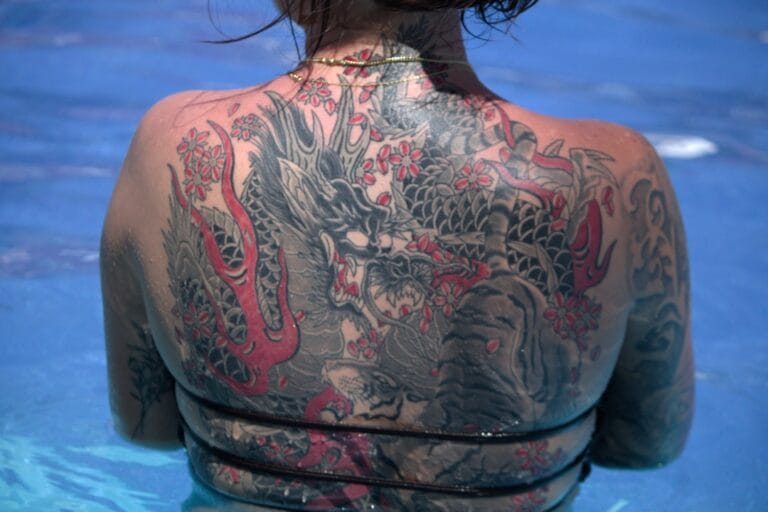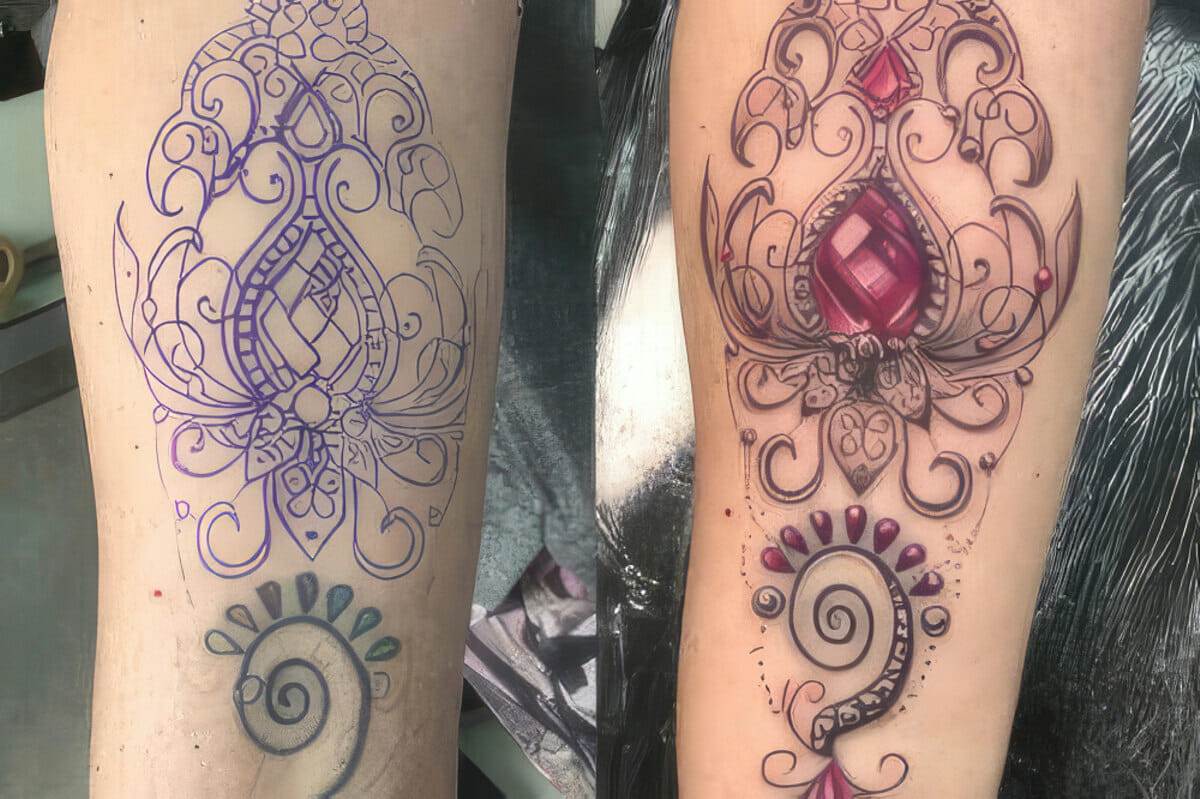
Introduction to Cover-Up Tattoos
Understanding Cover-Up Tattoos
Cover-up tattoos are a unique and compelling solution for individuals who seek to transform an unwanted tattoo into a new piece of art. The essence of a cover-up tattoo lies in its ability to conceal the original design while giving it a fresh identity, often breathing new life into an area of the body that may have previously been a source of regret. The process typically involves careful consideration of the existing tattoo, where the artist must evaluate factors like:
- Size: How large is the original tattoo? A smaller design might allow for a more intricate new design.
- Color: The colors integrated into the original work can impact how well the new design will cover it.
- Location: Where on the body is the tattoo located? Certain areas may present unique challenges and opportunities.
Ultimately, the goal is to create a design that not only conceals but ideally enhances the skin’s aesthetic appeal.
Importance of Expertise in Cover-Up Tattooing
When it comes to cover-up tattoos, expertise is crucial. Choosing an artist with a firm grasp of tattooing techniques, color theory, and design skills can make a significant difference. A professional tattoo artist will:
- Assess Your Current Tattoo: An experienced artist will evaluate your existing tattoo and discuss viable options for covering it.
- Incorporate Unique Techniques: Knowledge of negative space and strategic shading can be game-changers in creating a successful cover-up.
For instance, a friend of mine had a small violet tattoo that she regretted after a breakup. She visited a well-regarded tattoo artist who transformed the violet into a breathtaking phoenix, symbolizing rebirth and resilience. This artistry not only hidden the old tattoo but also brought new meaning to her body art. In the world of tattooing, not all artists specialize in cover-ups. Therefore, during the selection process, it is prudent to peruse the artist’s portfolio for similar previous work. Ultimately, one should feel confident that their artist understands the intricate dance of shadow, color, and form needed to execute a successful cover-up tattoo.

Factors to Consider Before Getting a Cover-Up Tattoo
Assessing the Current Tattoo
Before embarking on the journey of getting a cover-up tattoo, the first step involves a precise evaluation of the existing tattoo. This assessment is not only essential for determining the feasibility of a cover-up but also for shaping the design that will effectively mask the original ink. Here are a few factors to consider:
- Design Complexity: Is the existing tattoo intricate or simple? A more complicated design might require a creative approach to integrate seamlessly into the new artwork.
- Color Palette: The colors used in the original tattoo will heavily influence the choice of the new design. Dark colors like black and deep blues may require lighter, more vibrant inks to fully cover.
- Tattoo Size: The dimensions of the current tattoo will dictate the scope of the cover-up. Larger pieces typically provide a broader canvas for creativity, but also require more planning.
For example, one individual decided to convert a faded tribal tattoo into an elaborate floral design. By mixing bold and soft colors, the artist was able to create a stunning bouquet that beautifully concealed the original ink.
Choosing the Right Tattoo Artist
Once the current tattoo has been assessed for cover-up potential, the next pivotal decision is choosing the right tattoo artist. The importance of this choice cannot be overstated, as the artist’s skill and experience can significantly affect the final outcome. Here are some tips to guide the selection process:
- Review Portfolios: Look for artists who specialize in cover-up tattoos. Browse their portfolios to assess the quality of their past cover-ups.
- Seek Recommendations: Personal referrals can be invaluable. Ask friends or family who have had successful cover-ups about their experiences and recommendations.
- Consultation: Schedule a consultation to discuss your design ideas. This meeting will allow you to gauge the artist’s understanding of your vision and their ability to bring it to life.
An acquaintance of mine had a small, poorly done tattoo of a star that she loathed. After meeting a talented artist who specialized in cover-ups, she felt immediate confidence in their discussion. The artist’s knowledge of color dynamics and layering techniques converted the star into a radiant compass design, symbolizing guidance on new journeys. Taking the time to assess the current tattoo and choosing a proficient artist can set the stage for a successful transformation, turning past regrets into renewed body art.
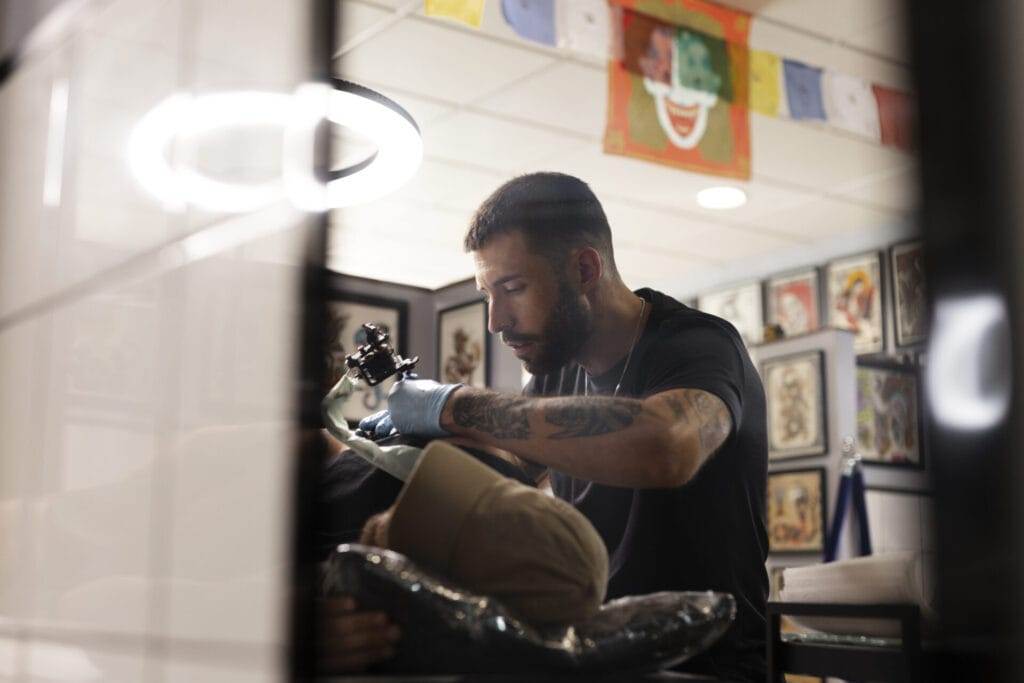
Consultation and Design Process for Cover-Up Tattoos
Initial Consultation with the Tattoo Artist
Once you have assessed your current tattoo and selected a skilled tattoo artist, the next critical step is the initial consultation. This meeting is more than just an opportunity to chat; it’s an essential part of the process that sets the foundation for your cover-up tattoo. During this consultation, both you and the artist will embark on a collaborative journey to explore ideas and expectations.
- Discussing Your Goals: Start by sharing what you envision for your cover-up. Are there specific symbols, themes, or styles you are interested in? Providing examples can facilitate better understanding.
- Evaluating the Current Tattoo: The artist will thoroughly assess the existing tattoo, asking questions about its history and the sentiments attached. This detailed discussion will help gauge which designs might effectively mask the old ink.
- Setting Realistic Expectations: A reputable artist will help clarify what is feasible. They may explain that full coverage is not always possible or suggest certain styles that can best conceal your original tattoo.
For instance, during my consultation for a butterfly cover-up, my artist took time to assess the faded script on my arm. He patiently explained how incorporating vibrant colors and dynamic wings would work perfectly to mask the text, relieving me of my concerns.
Custom Design and Placement Planning
Following the initial consultation, the focus shifts to crafting a custom design and determining the ideal placement of the new tattoo. This phase is incredibly exciting, as it allows you to see your ideas take shape.
- Drafting the Design: The artist will typically present sketches or digital drafts based on your discussion. Be open to their input, as their expertise can enhance your initial concept.
- Placement Considerations: The placement of your cover-up tattoo plays a significant role in its success. A skilled artist will consider how the design flows with your body’s natural lines and curves. They may suggest moving the tattoo to a different spot if it better complements the new piece.
- Finalizing Details: Once you’re satisfied with the design and placement, the artist will finalize everything, including colors and dimensions. This step often involves feedback loops where tweaks can be made to ensure it fits perfectly with your vision.
A friend of mine went through this process with an artist known for botanical designs. They ultimately decided on a sprawling vine that not only covered her old tattoo but also accentuated the shape of her arm beautifully, creating a cohesive, new piece of art. Through careful consultation and collaborative design, the transition from a past regret to a fresh expression can truly rejuvenate one’s body art journey.
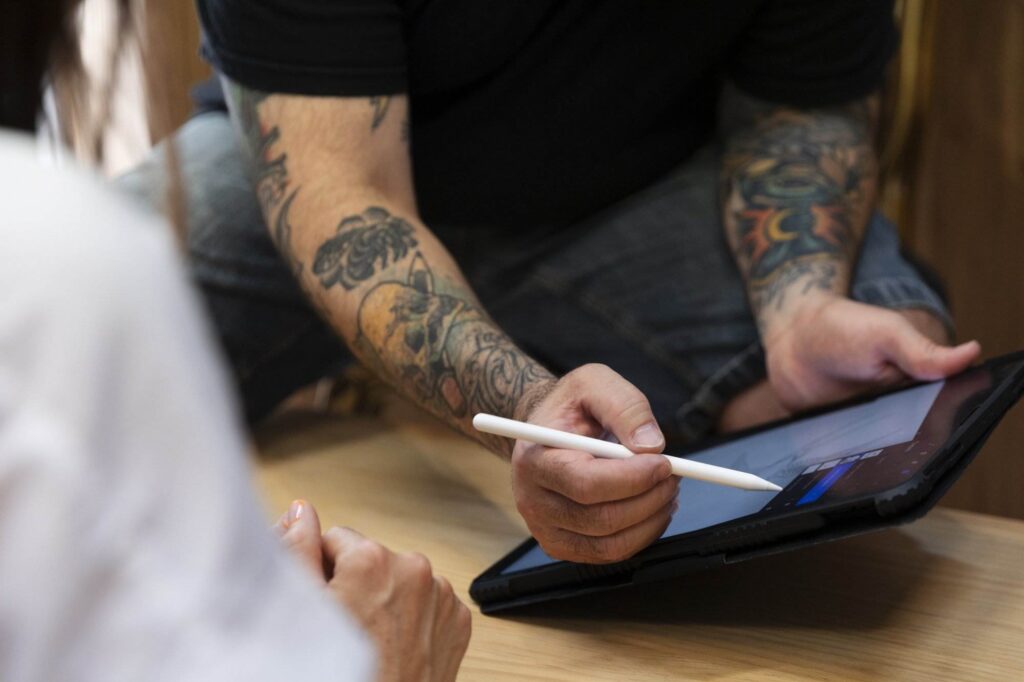
Techniques Used in Cover-Up Tattoos
Incorporating Negative Space
As the journey continues into the art of cover-up tattoos, one key technique artists often utilize is incorporating negative space. This method employs the strategic use of un-inked skin within the design, allowing the cover-up tattoo to blend seamlessly with the existing ink while creating a dynamic visual effect.
- Understanding Negative Space: Negative space refers to the areas around and between the subjects of an artwork. By allowing portions of your natural skin to show through, the artist can create a contrast that enhances the overall design.
- Highlighting Elements: In some cases, negative space might take center stage, such as in designs featuring geometric shapes or intricate patterns. These styles not only provide coverage but also draw the eye to the artistry, making the old tattoo less noticeable.
For example, a client of mine opted for a striking owl design to cover a faded anchor tattoo. The artist cleverly utilized negative space to form the owl’s wings, allowing the un-inked skin to highlight certain features, effectively making the old tattoo less visible while also creating an eye-catching piece of art.
Using Color and Shading Strategically
Another vital aspect of effective cover-up tattoos is the use of color and shading, which can transform and obscure the original ink while adding depth and dimension to the new design. This technique requires a keen understanding of color theory and the interplay between hues.
- Layering Colors: Talented artists often layer colors, using darker inks to mask light colors and vice versa. For tattoos with vibrant hues, incorporating bolder colors can create a new focal point, diverting attention from the original tattoo.
- Strategic Shading: Shading can also play a significant part in the cover-up process. By using gradients and shadows, an artist can blend the new tattoo into the skin tone, making the transition between ink and un-inked skin appear much smoother.
In one memorable instance, a friend transformed her poorly done flower tattoo into a stunning piece featuring a vivid butterfly. The artist expertly used bright hues and delicate shading that not only concealed the original design but also created an entirely new aesthetic that symbolized freedom and transformation. Both negative space and the strategic application of color and shading are essential techniques in the world of cover-up tattoos. They allow artists to confidently transform unwanted ink into beautiful works of art, breathing fresh life and meaning into each piece.
Aftercare and Healing Process for Cover-Up Tattoos
Proper Care Instructions
Once the ink settles and you leave the tattoo studio with your fresh cover-up tattoo, understanding and following aftercare instructions is crucial for ensuring optimal healing and preserving the quality of your new artwork. Proper aftercare helps minimize complications and promotes vibrant results.
- Keep it Clean: For the first few days, it’s essential to keep the tattoo clean. Gently wash the area with lukewarm water and a mild, fragrance-free soap. Avoid scrubbing; simply pat it dry with a clean towel.
- Moisturize: After cleaning, apply a thin layer of tattoo aftercare ointment or a recommended moisturizing lotion. This helps keep the tattoo hydrated and supports the healing process.
- Avoid Sun Exposure: Keeping your tattoo out of the sun for at least a few weeks will prevent fading. If you must be outside, cover the area with clothing or use a high-SPF sunscreen once it’s fully healed.
- Refrain from Swimming: For the first couple of weeks, it’s best to avoid pools, hot tubs, and the ocean as they can introduce bacteria and lead to infection.
A friend of mine learned this lesson the hard way after getting a beautiful floral cover-up. She was eager to show it off at the beach and ended up with a patchy tattoo due to sun exposure.
Managing Discomfort and Redness
As with any new tattoo, some discomfort and redness are normal parts of the healing process. Here’s how to manage these sensations effectively:
- Ice Packs: If the area feels sore, apply a clean, cold compress for short intervals to reduce swelling. Avoid placing ice directly on the skin; instead, wrap it in a cloth.
- Over-the-counter Pain Relievers: If necessary, consider taking an over-the-counter pain reliever like ibuprofen or acetaminophen to help alleviate discomfort. Always follow recommended dosages.
- Watch for Infection: Monitor your tattoo for any signs of infection, including excessive redness, swelling, or pus. If any of these symptoms occur, reaching out to a healthcare professional promptly is crucial.
In my experience, managing discomfort is significantly aided by staying hydrated. Keeping the body hydrated helps the healing process, as well as maintaining a healthy diet rich in vitamins and minerals. Overall, proper aftercare and active management of discomfort can substantially enhance your tattoo healing experience, allowing your new cover-up to shine while minimizing regrets over old ink. Following the care guidelines closely not only nurtures your skin but also ensures that the artwork becomes a meaningful addition to your self-expression.

